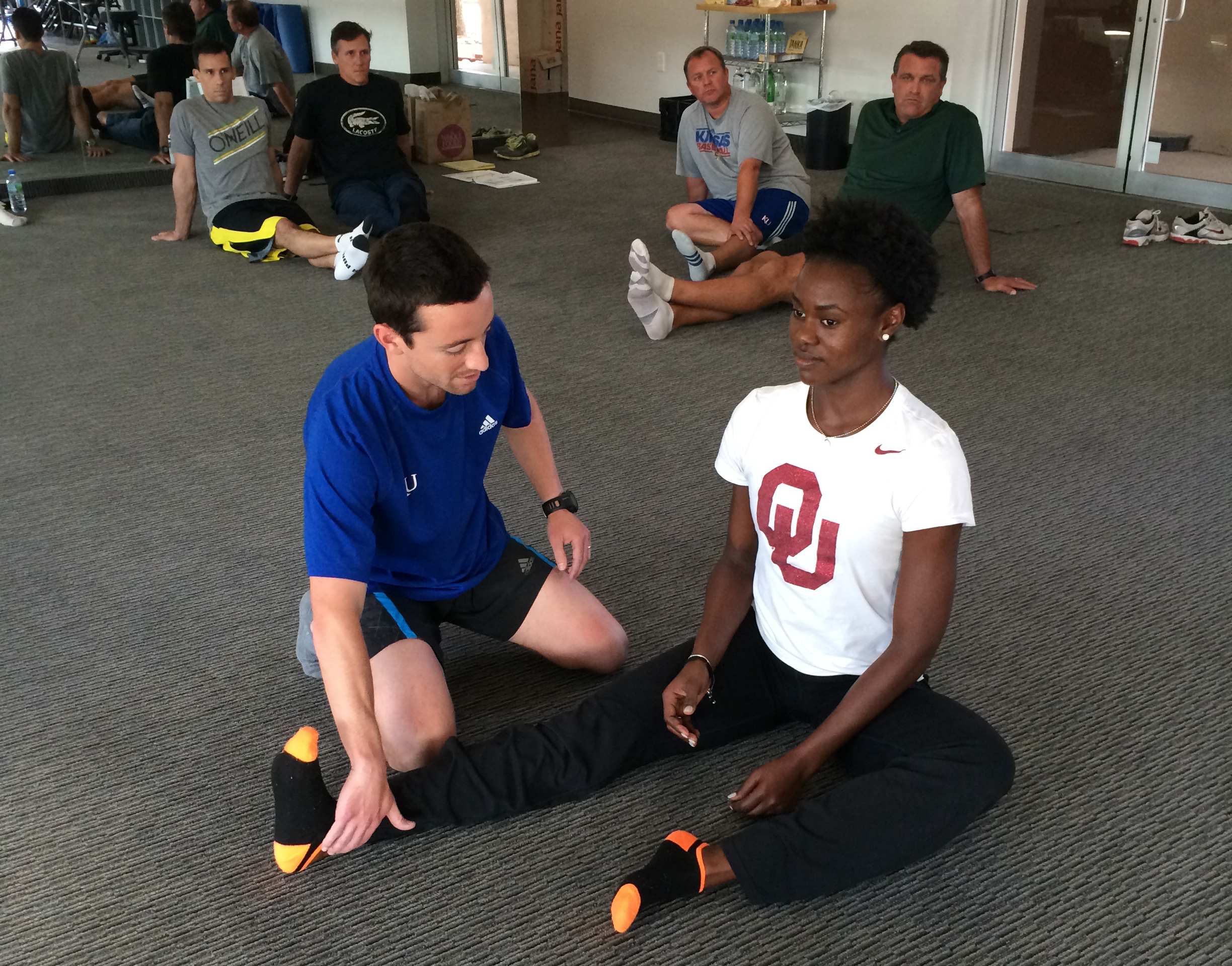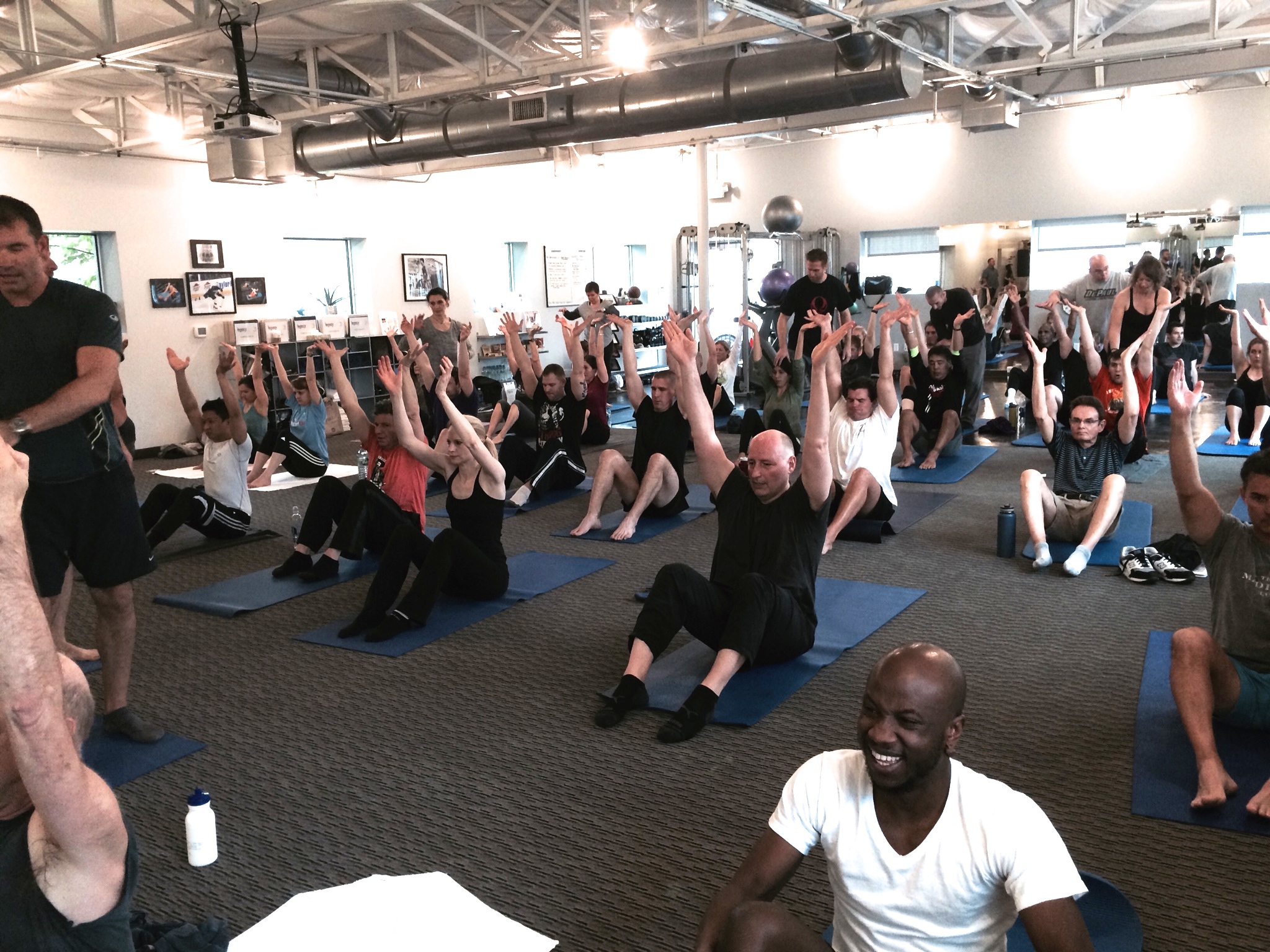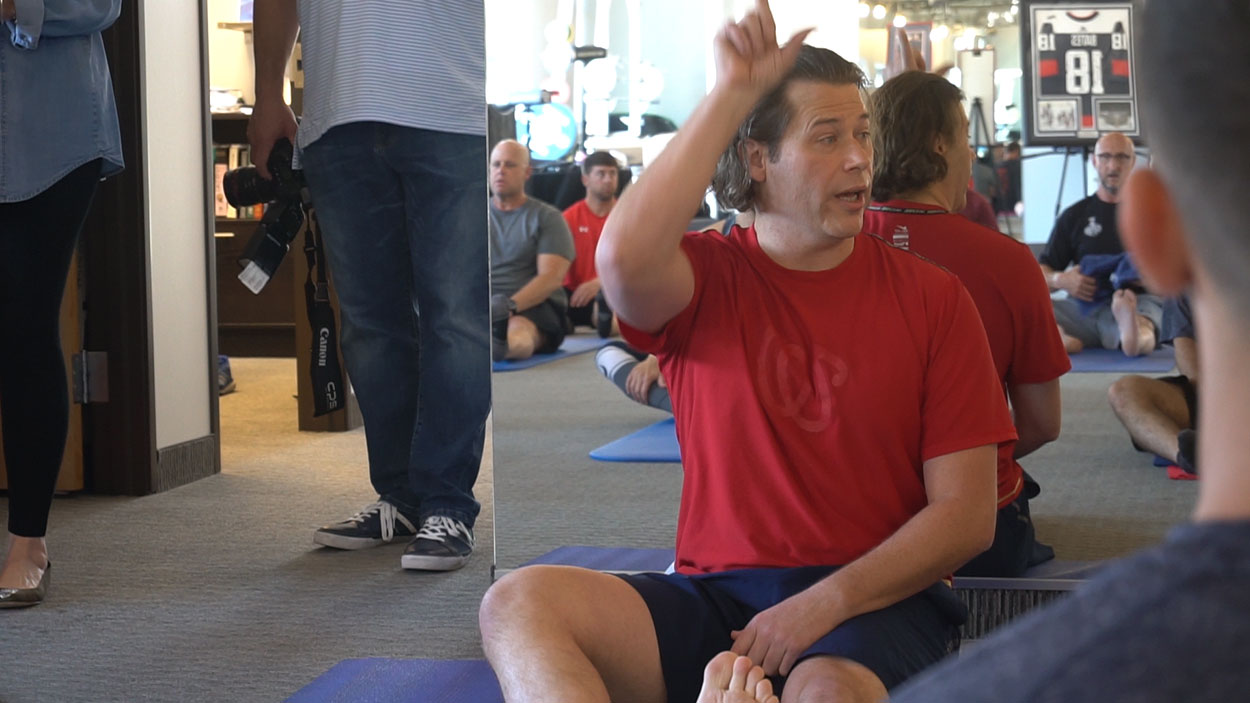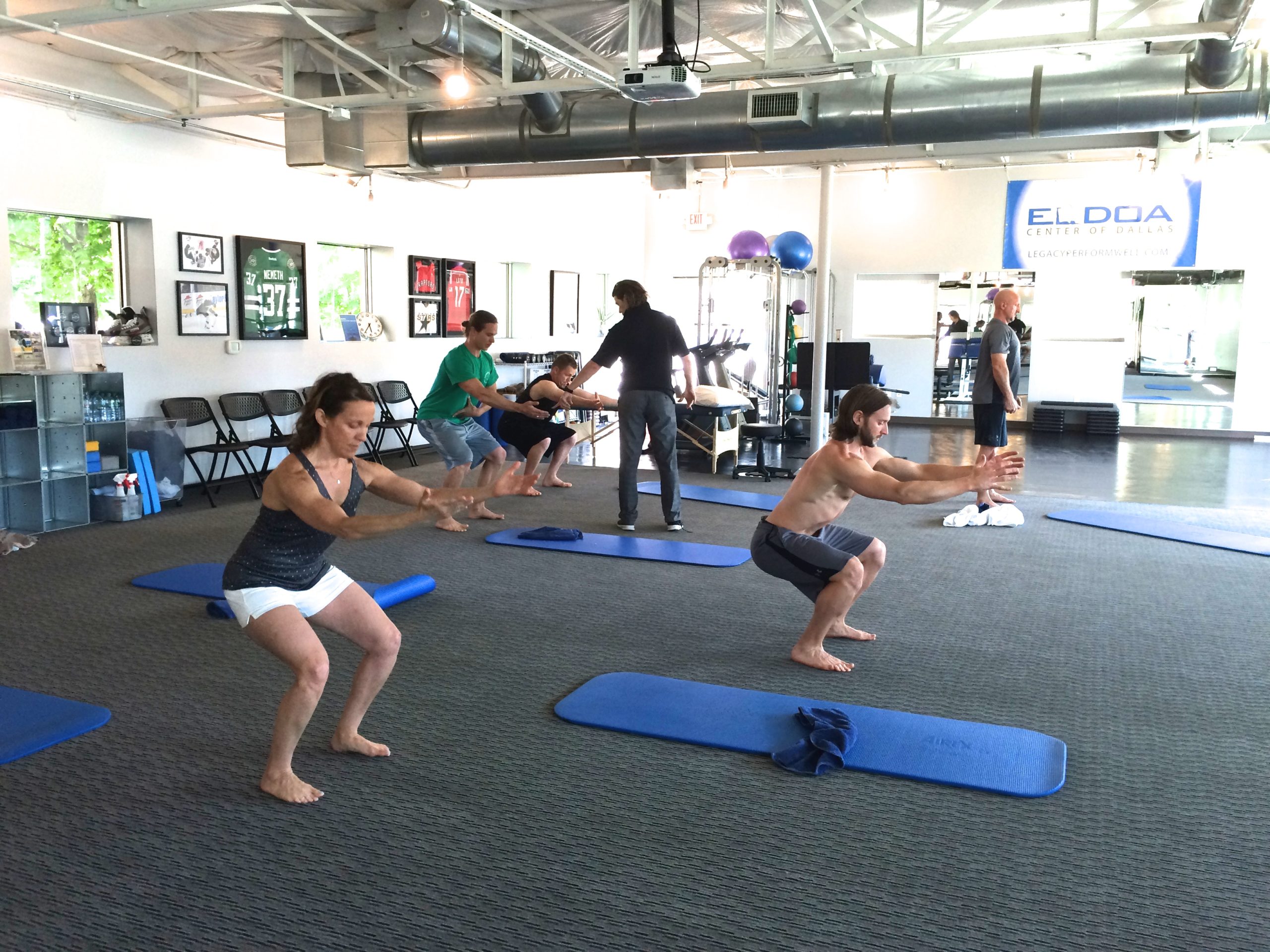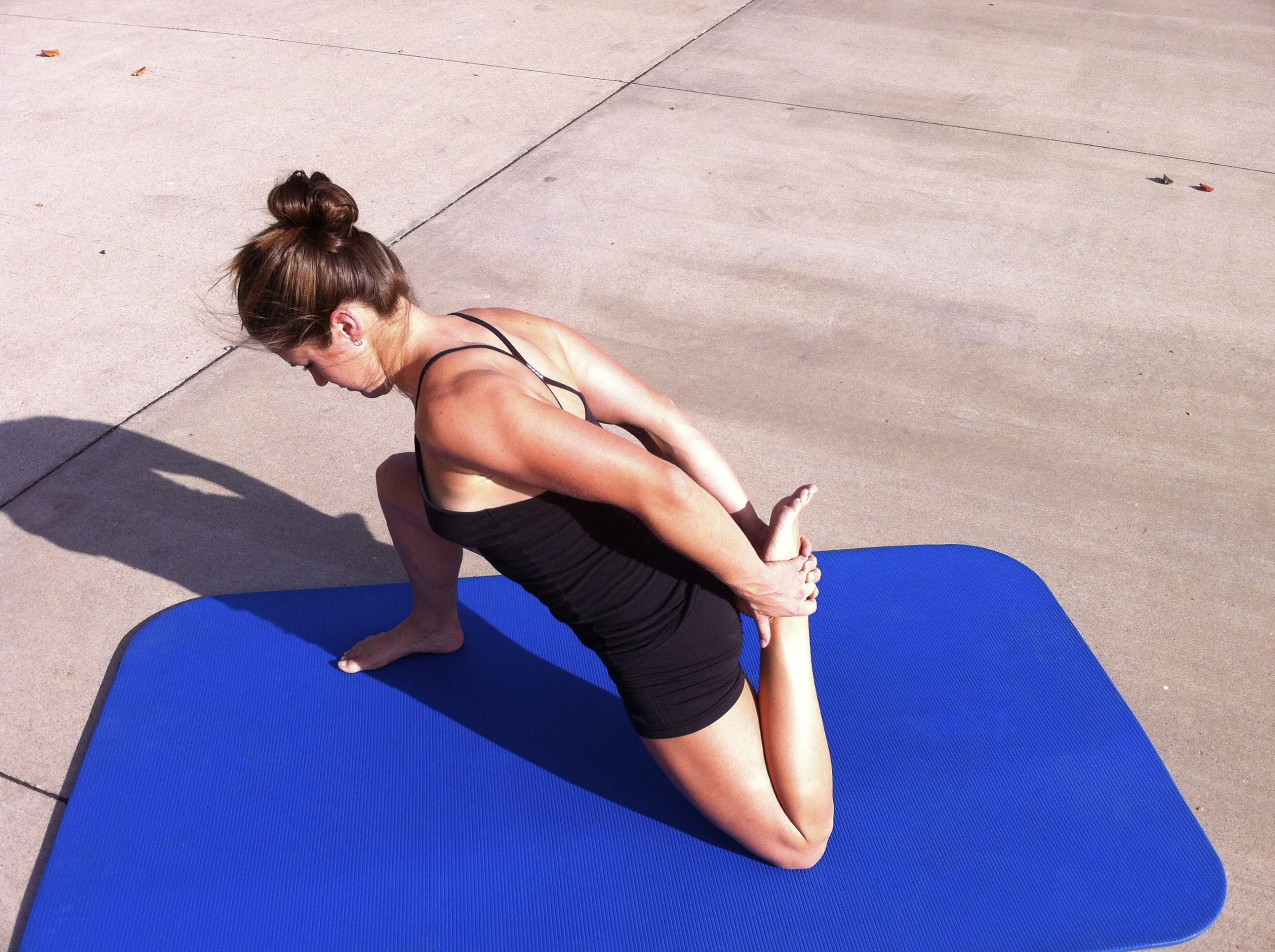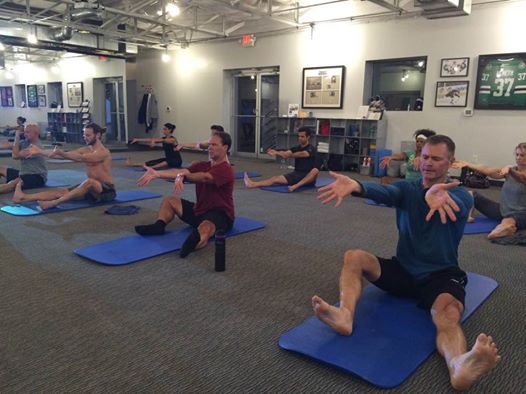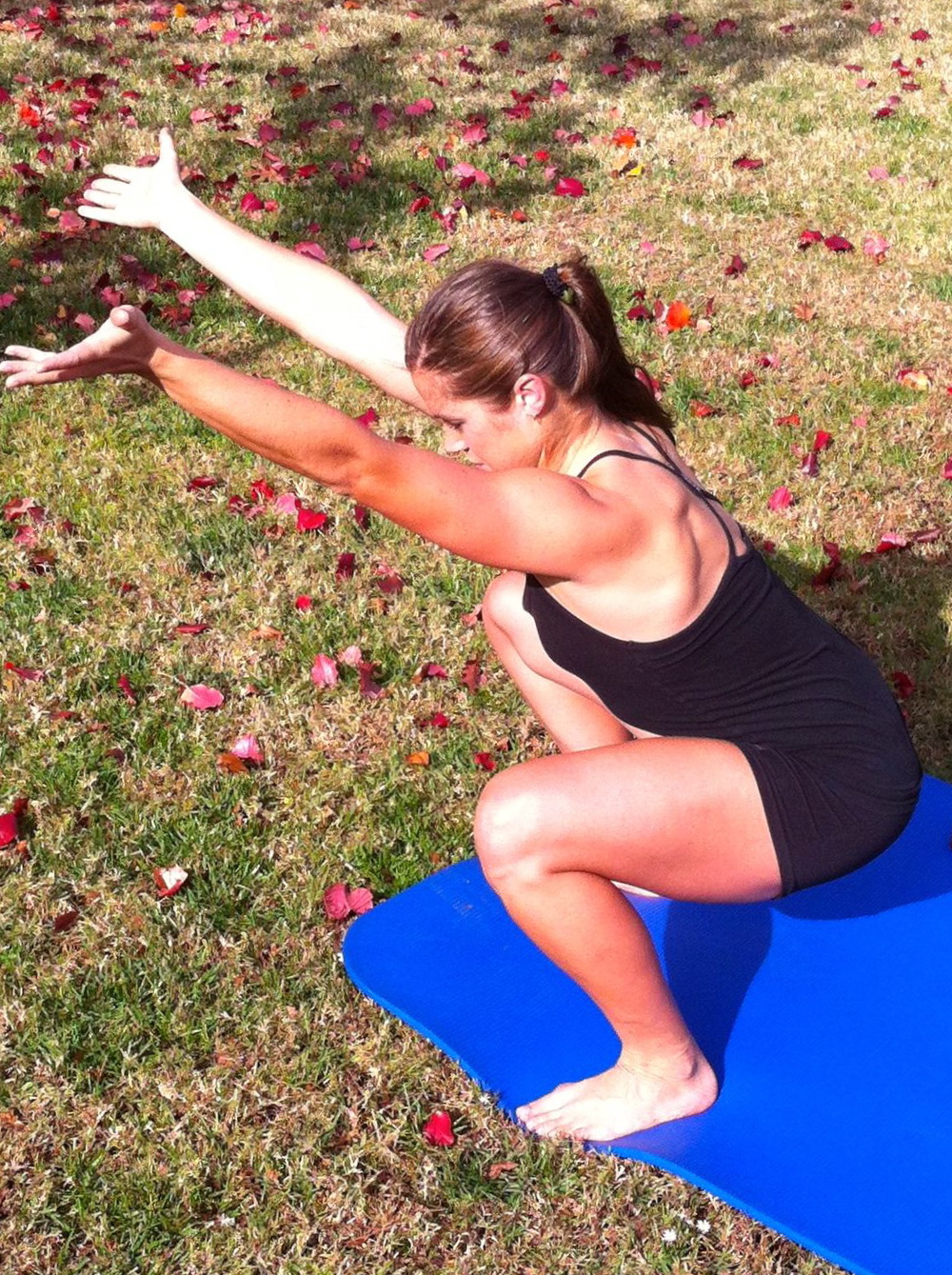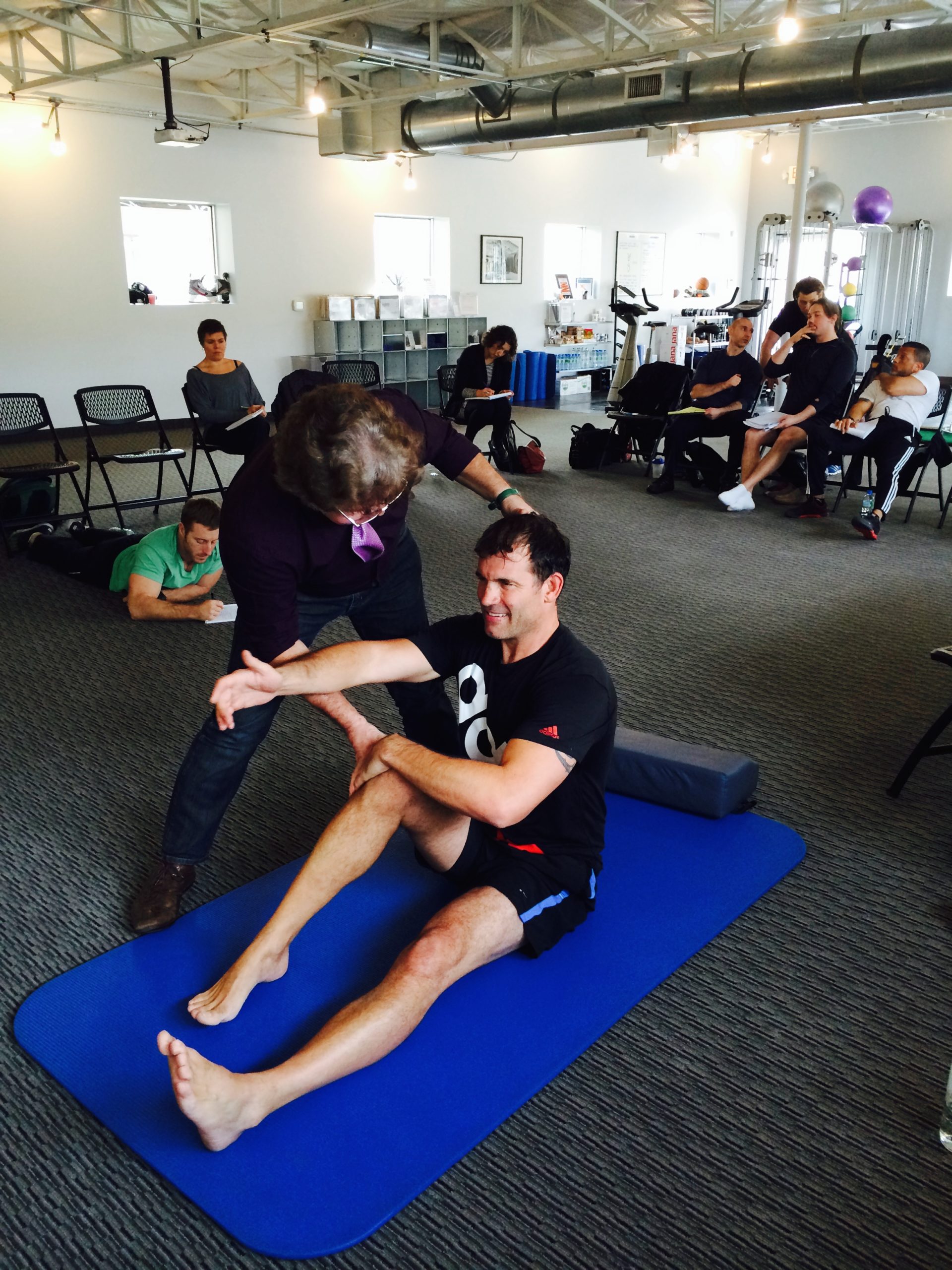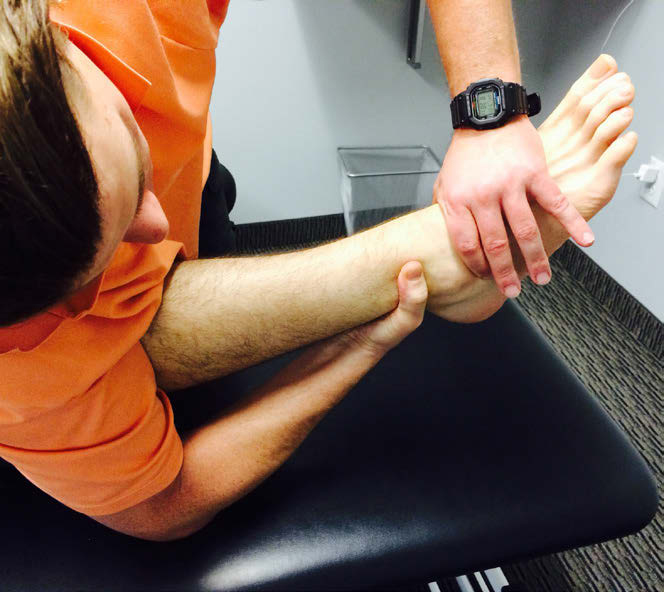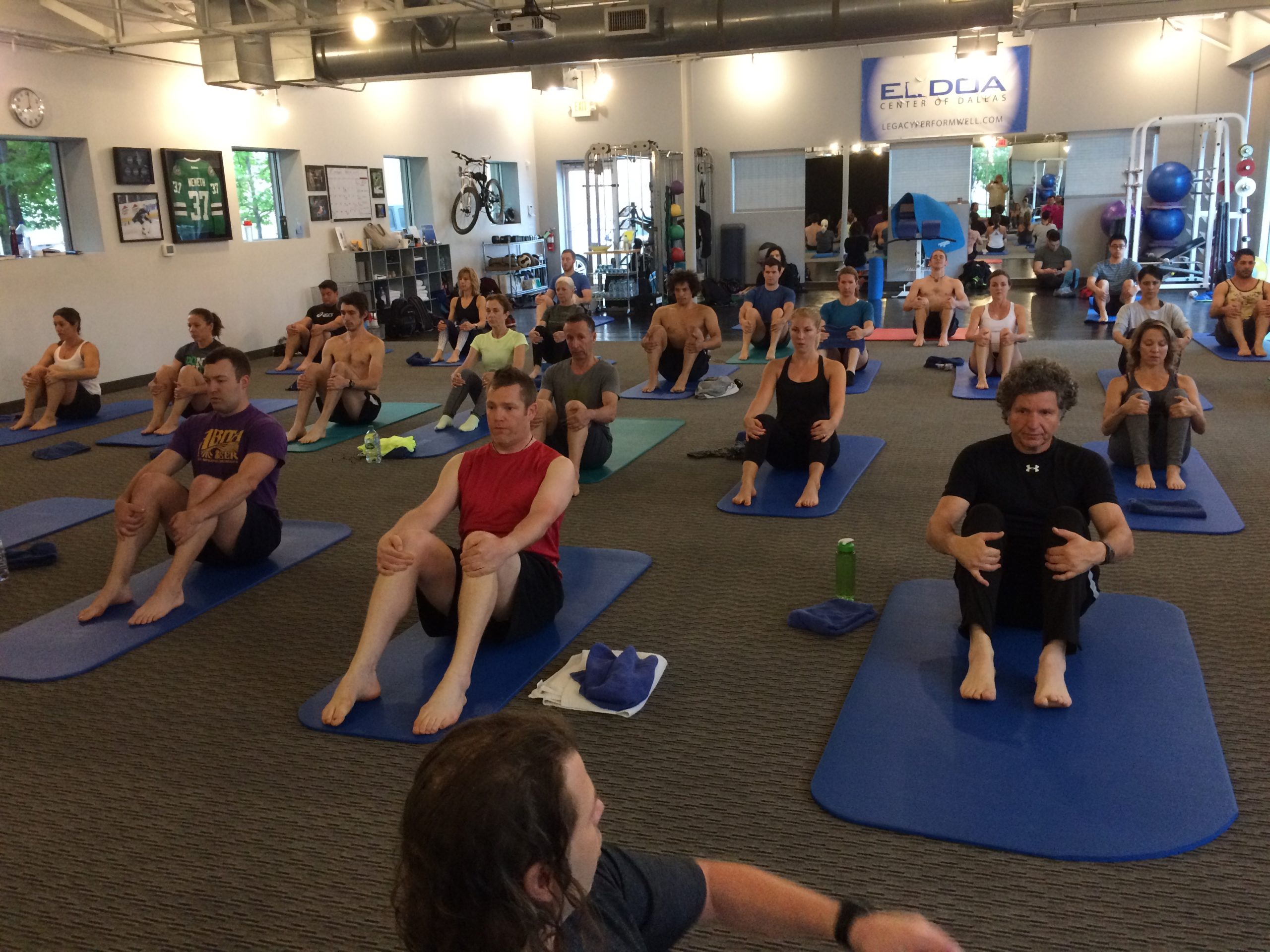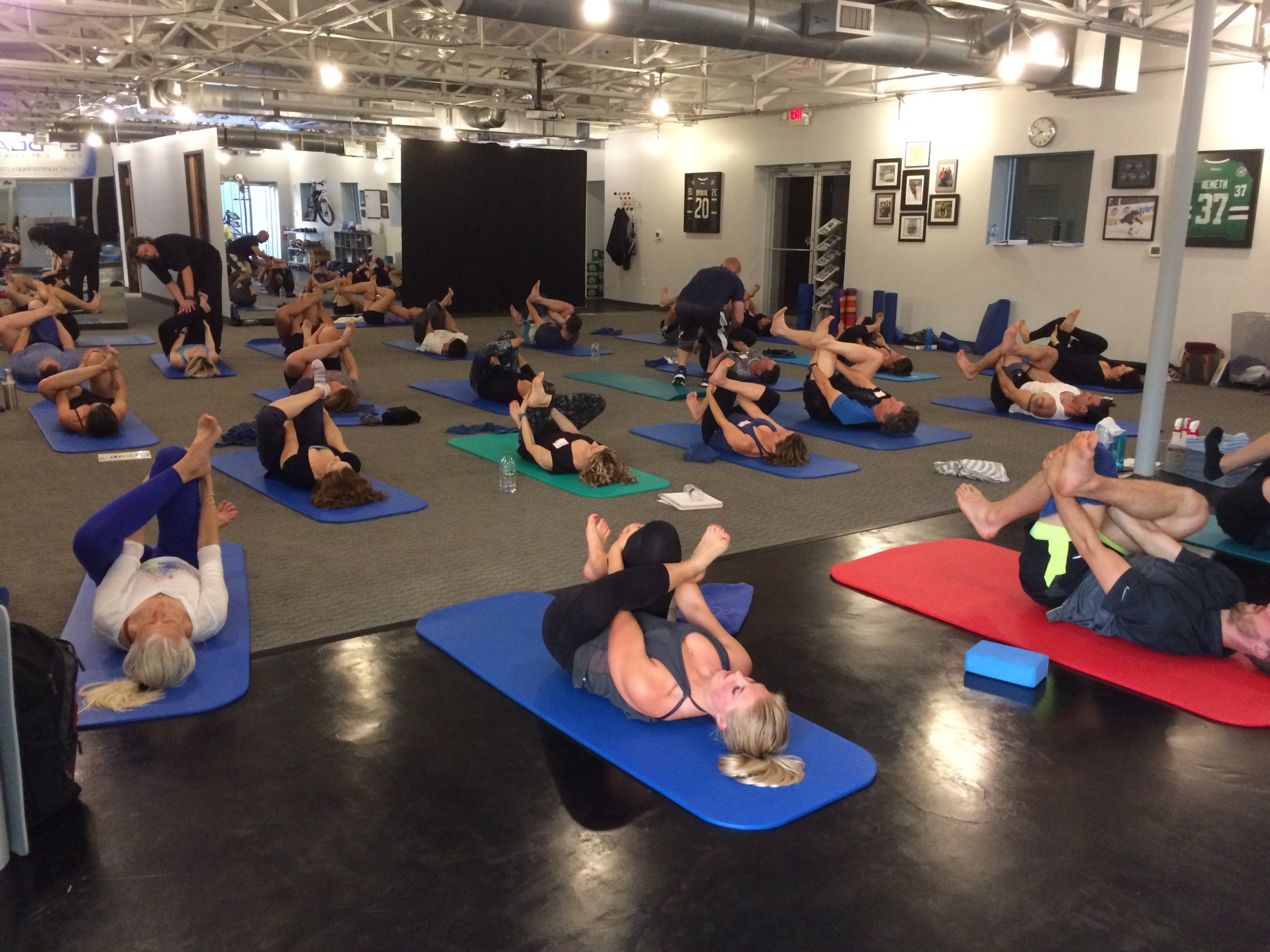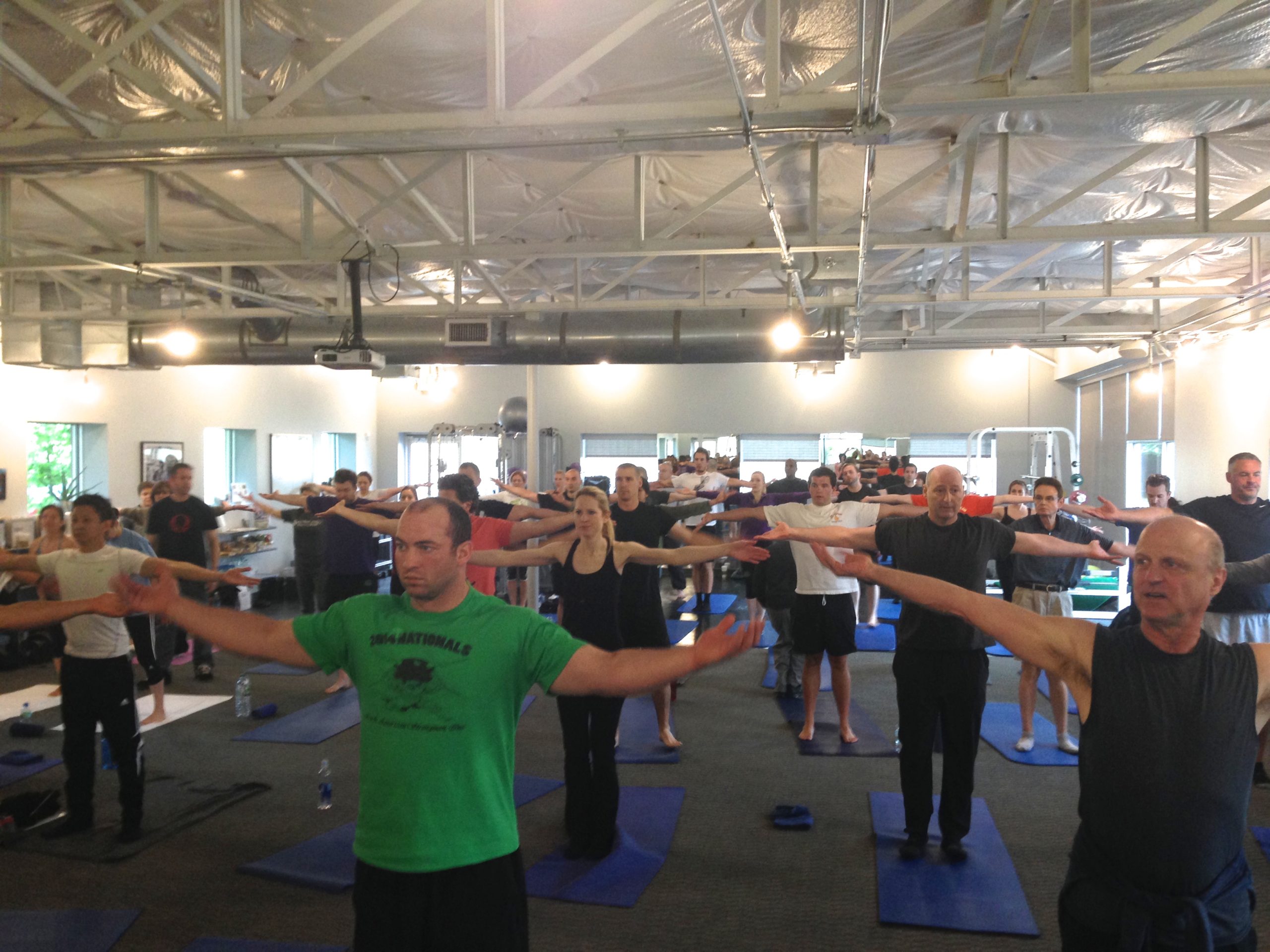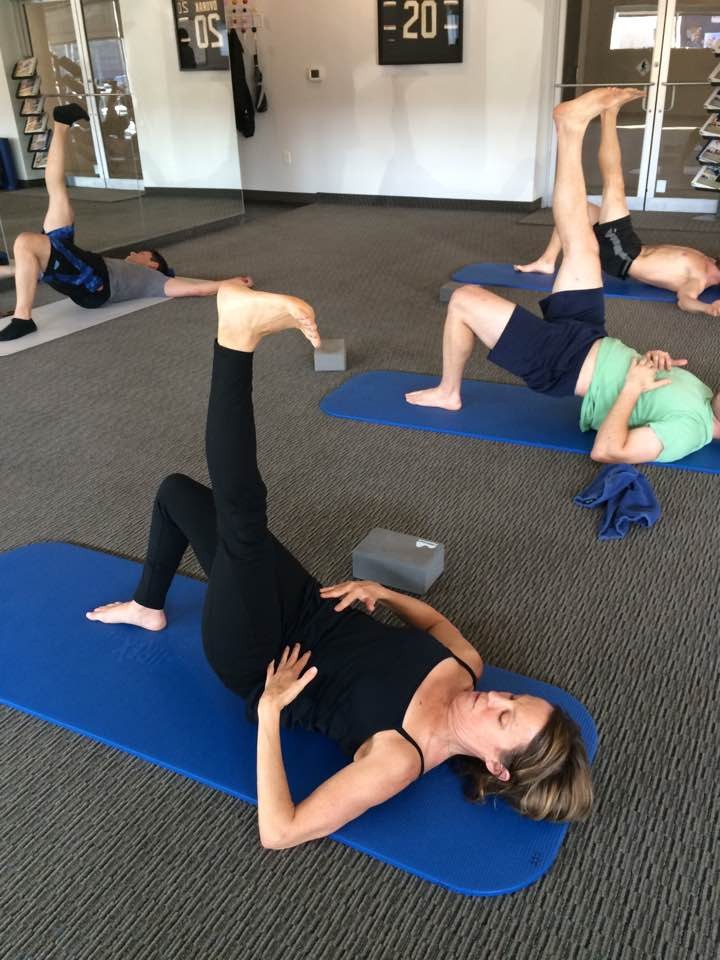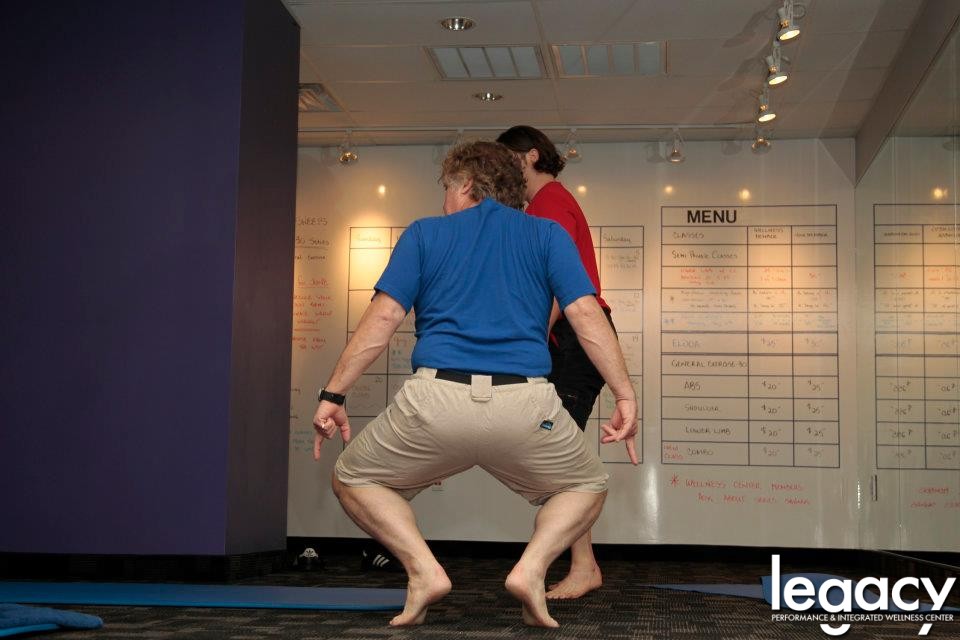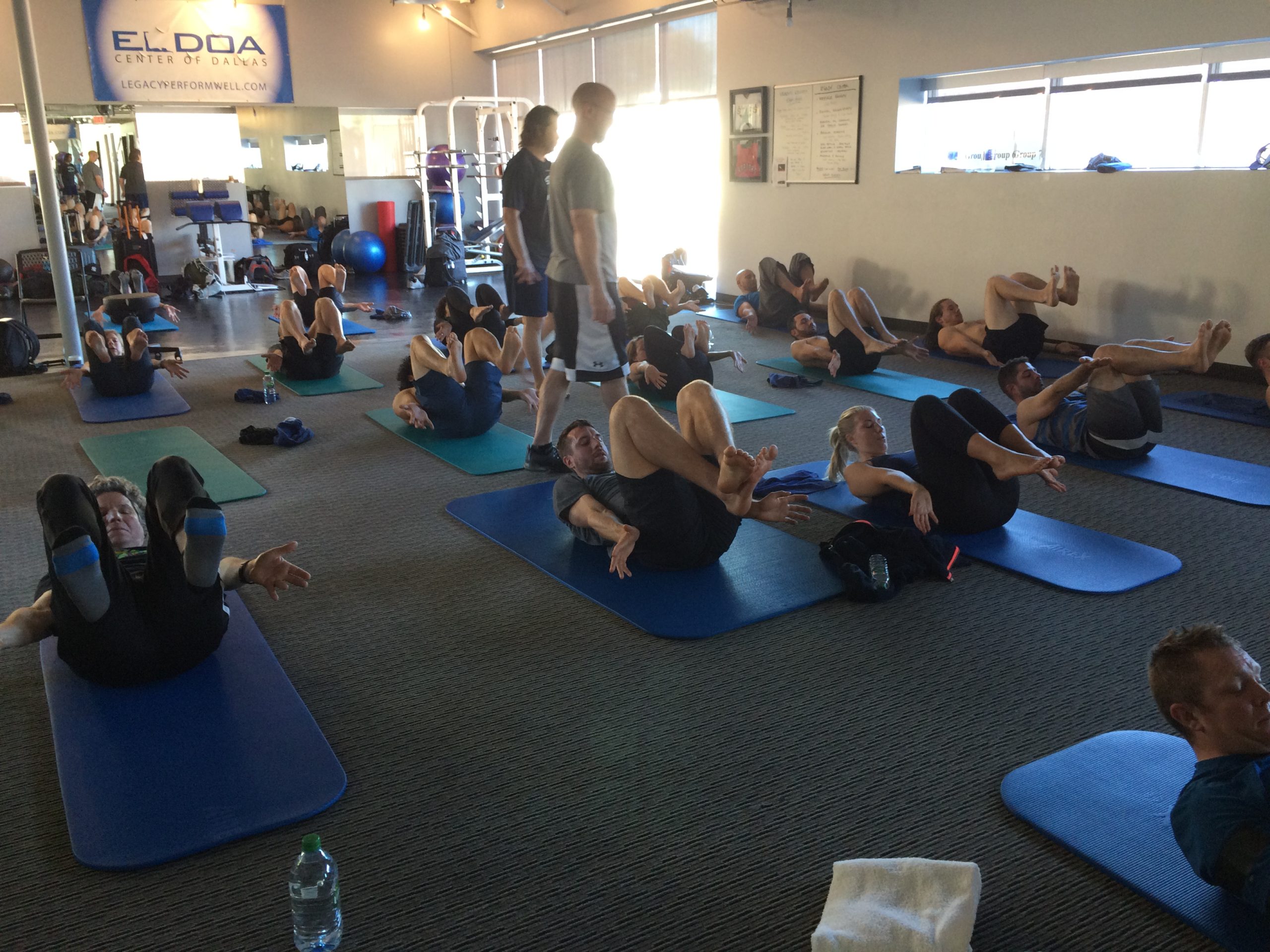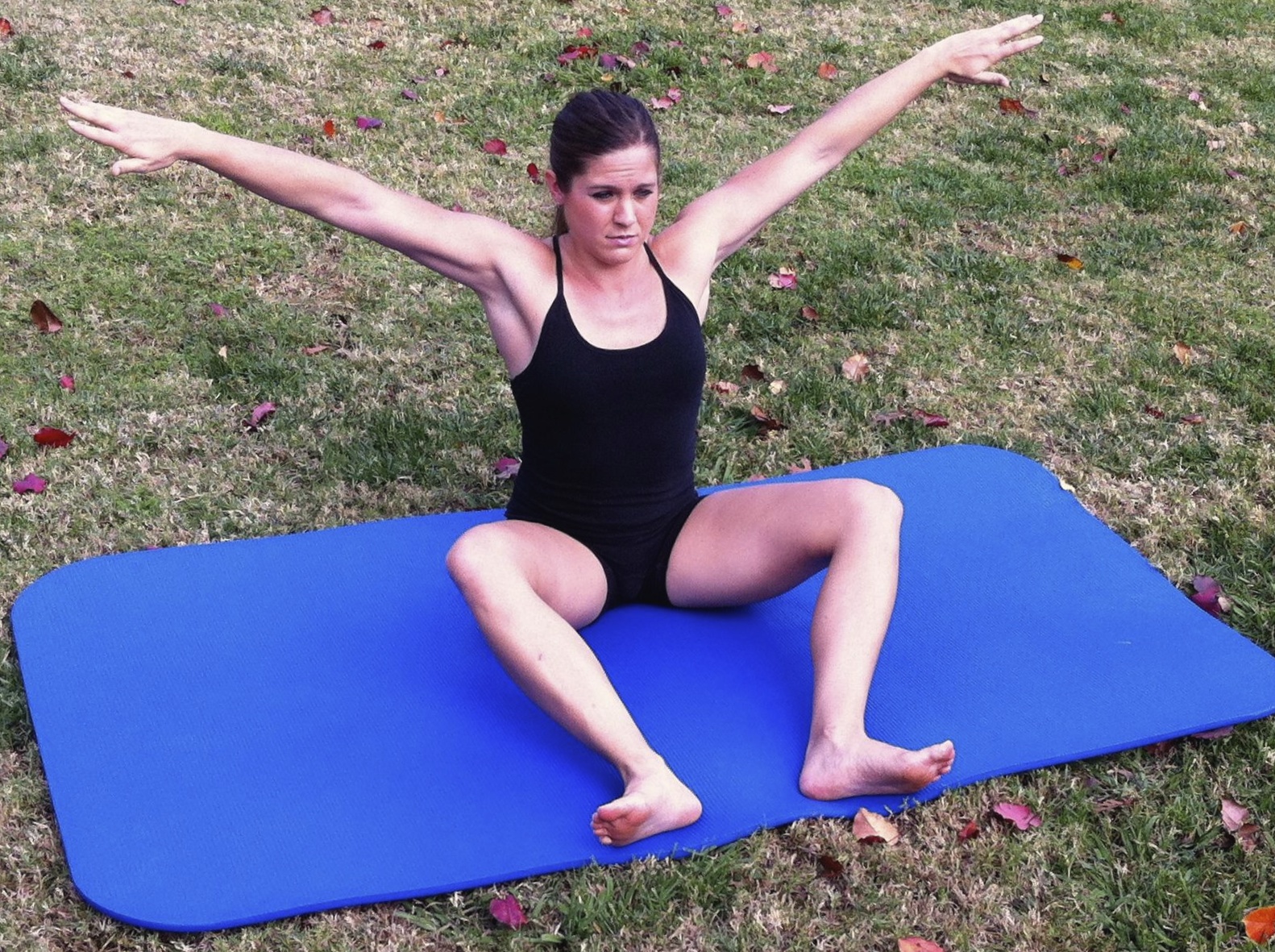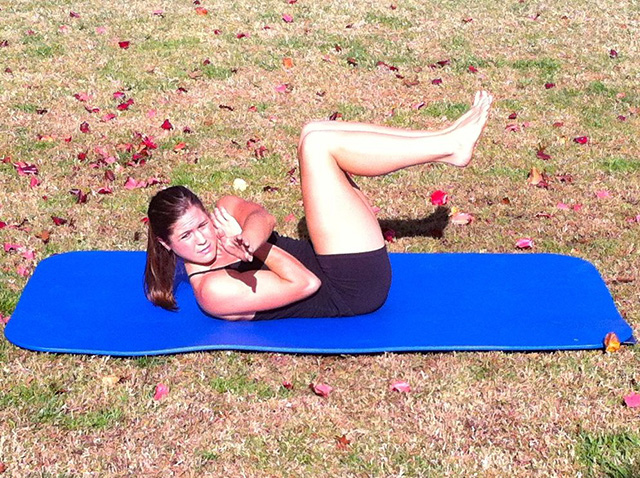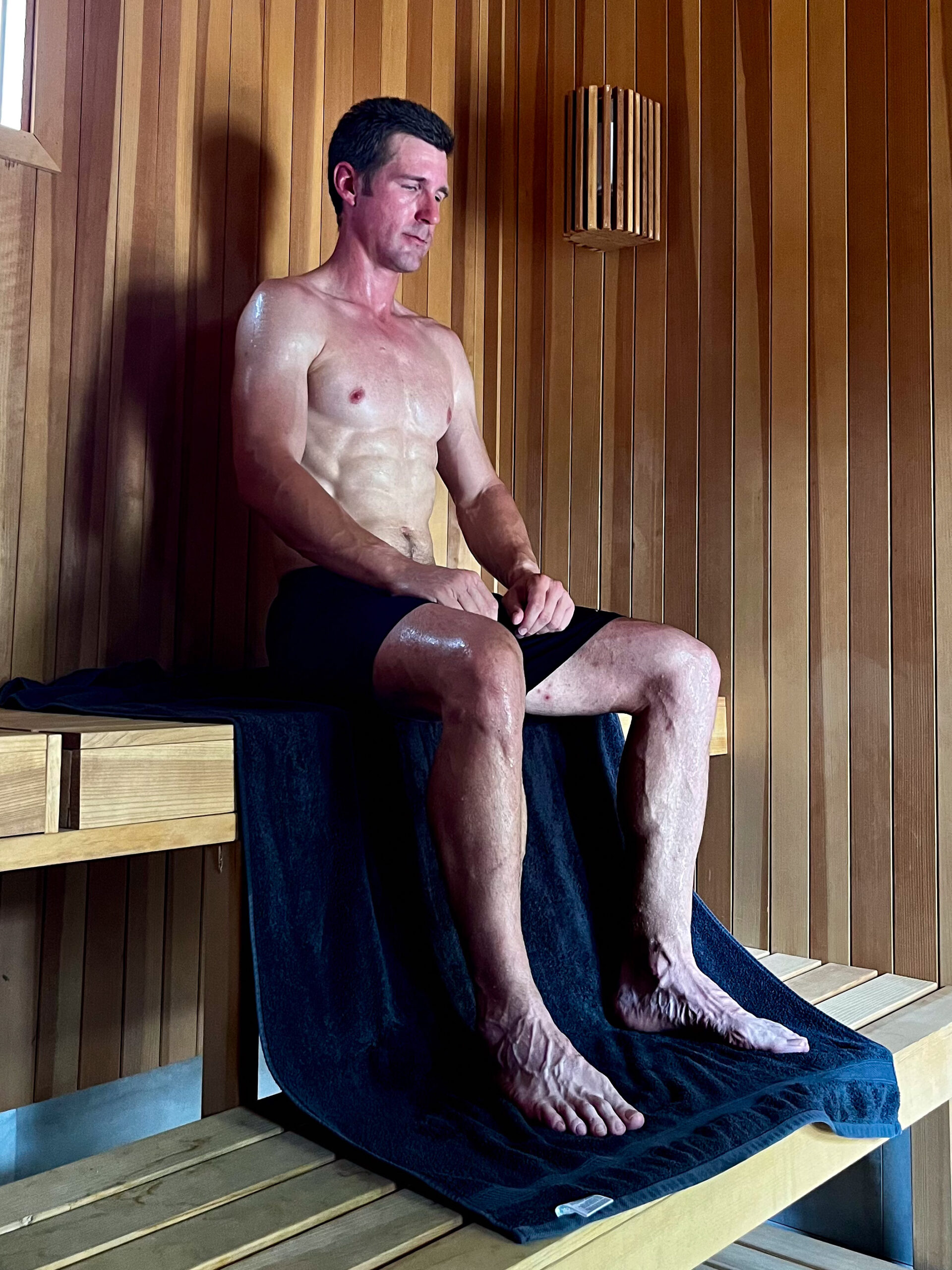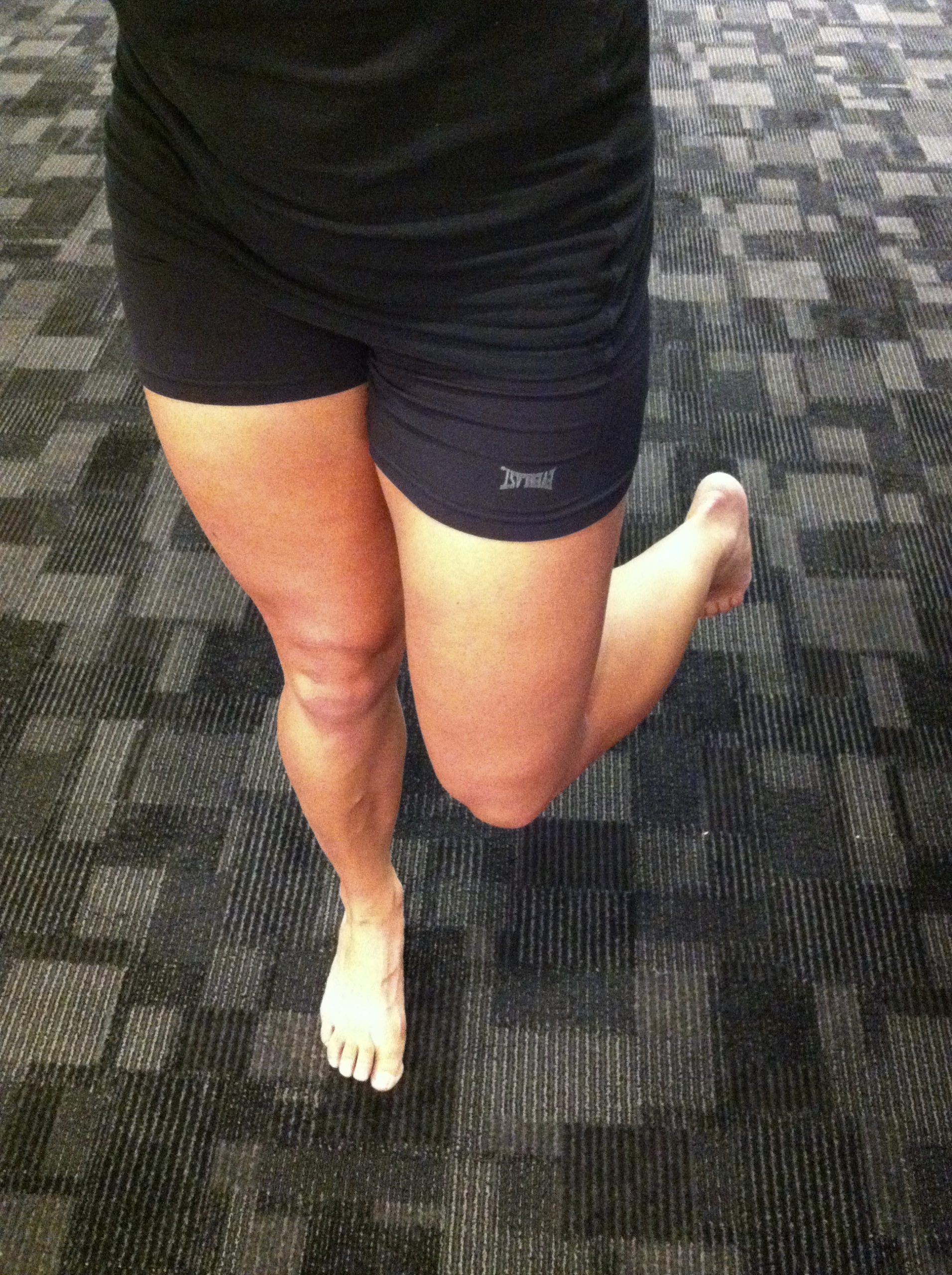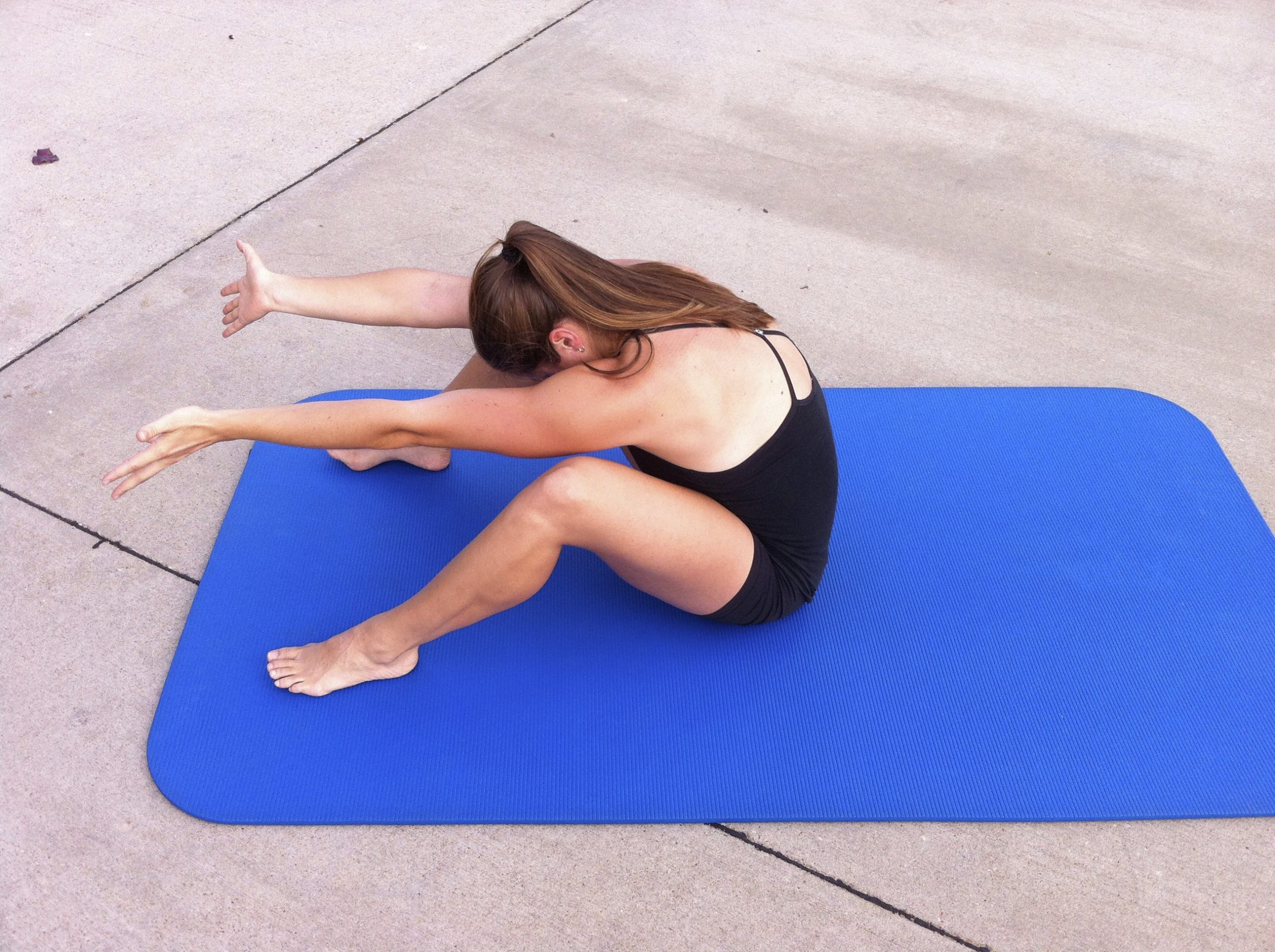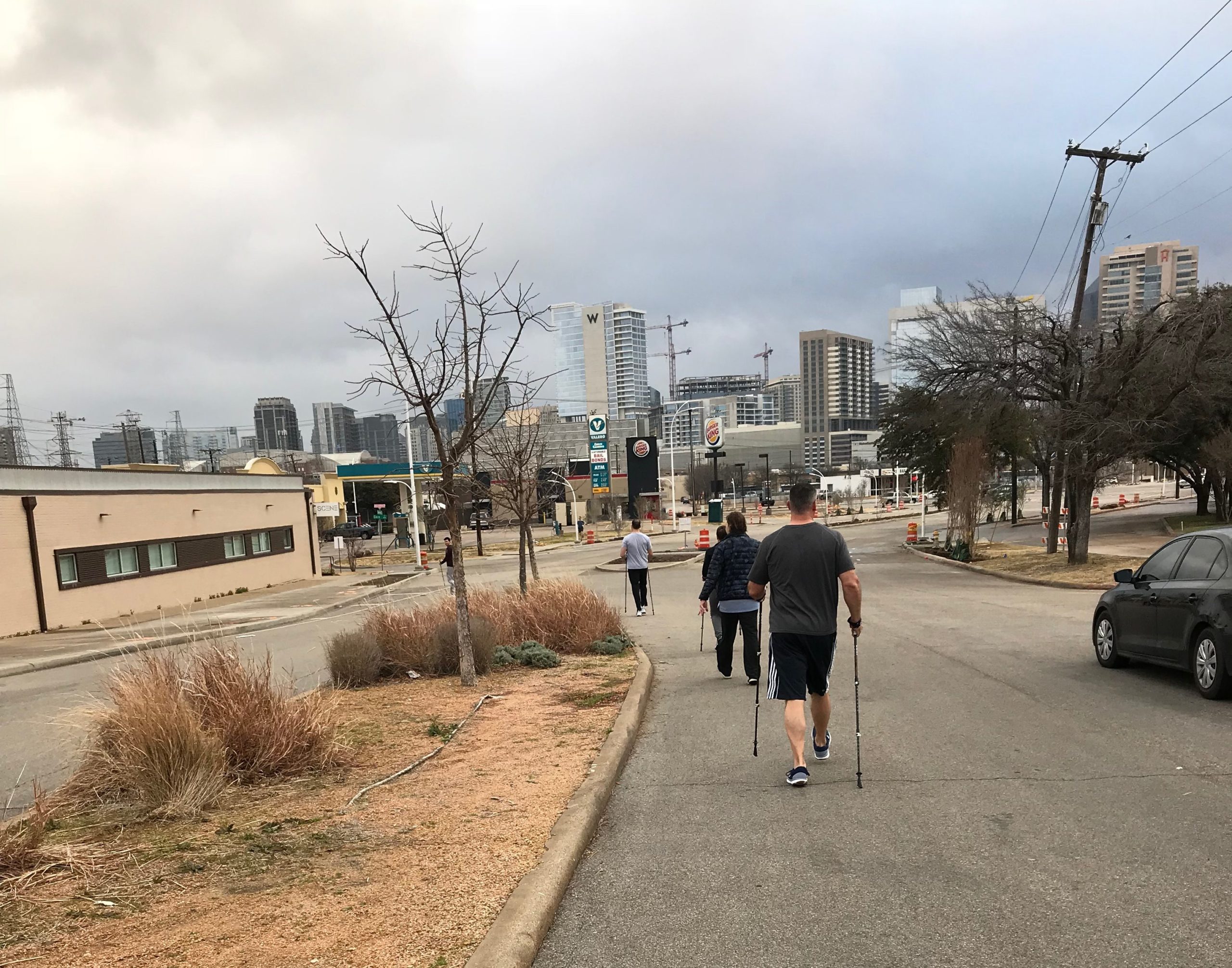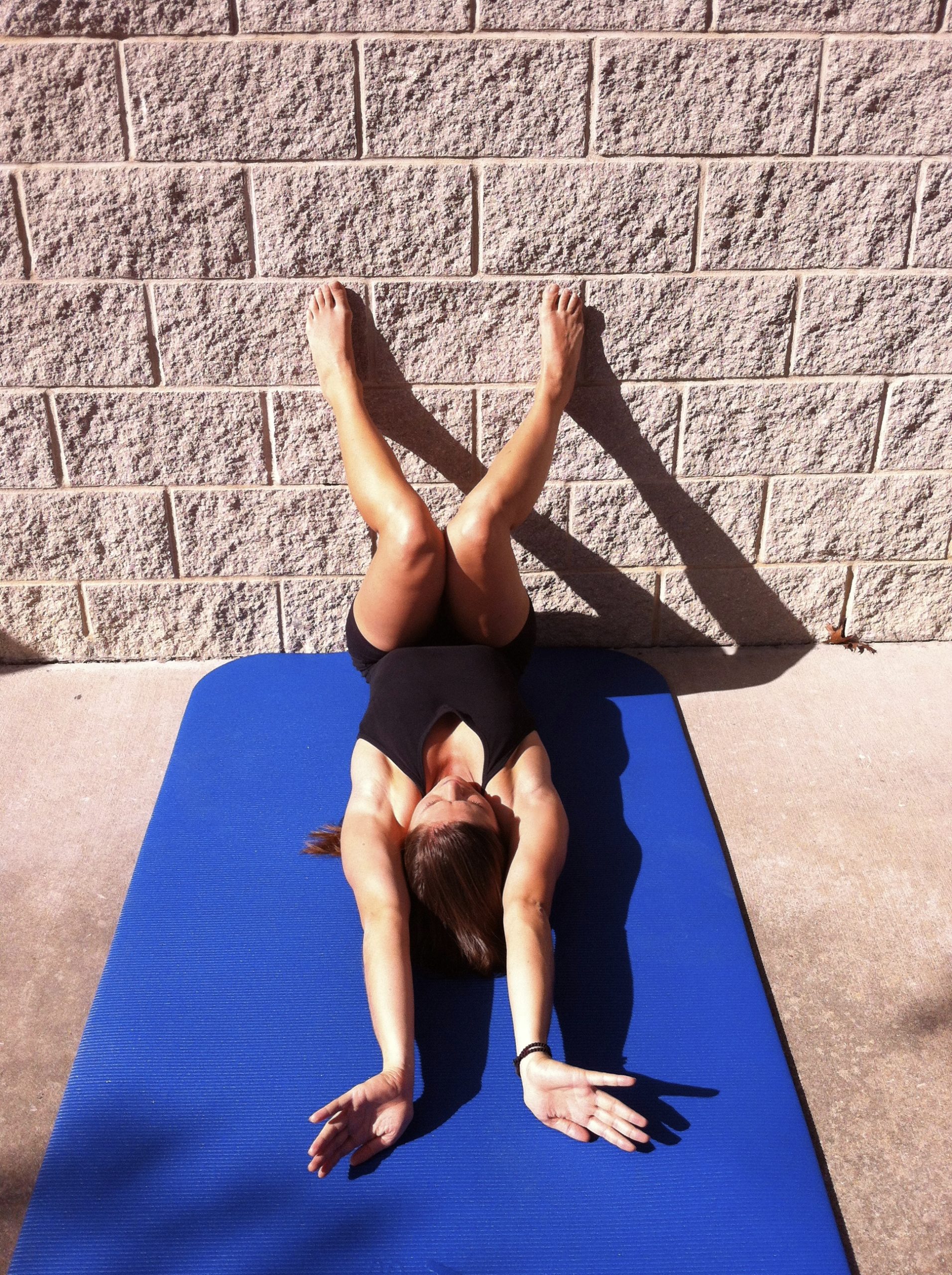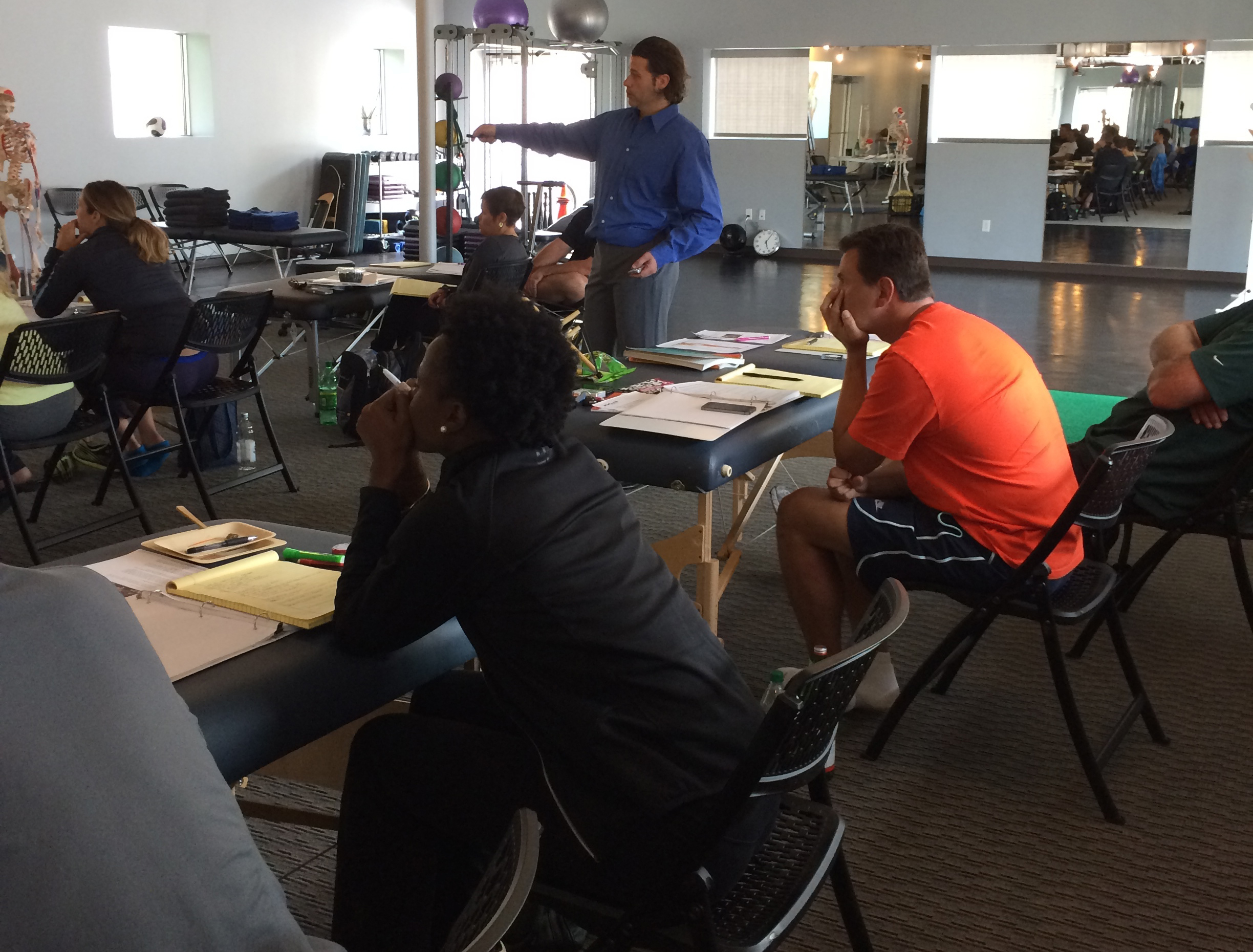The Legacy Institute is one of two divisions at Legacy Sport & Wellness Center.
The Institute is a teaching facility that regularly hosts programming for exercise professionals and health practitioners. Course work includes original programming – Legacy’s Professional Development Series, Practical Application Workshops, and The Legacy Experience – in addition to ELDOA™ and Myofascial Stretching Certification Courses (Guy VOYER, DO).
Course work is organized into short, intensive modules offered throughout the year, with yearly review sessions. This organization of the modules is designed to stimulate problem solving, provide supervised practice time, and give practitioners more in-depth exposure to the material so they can master their skill set.
The Legacy programming is for Doctors, D.O.s, PTs, trainers, coaches, or wellness, exercise and lifestyle practitioners, as well as clients who want to learn why this type of exercise works for them.
Topics for Legacy’s Professional Development Series include the following:

